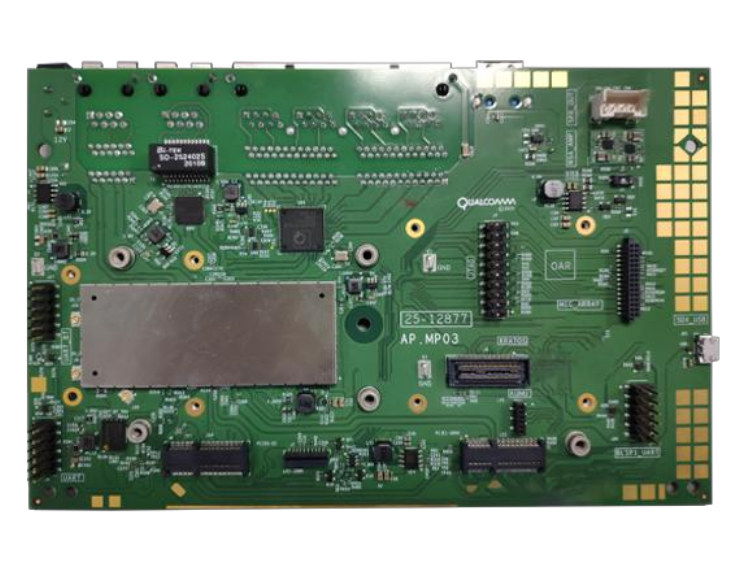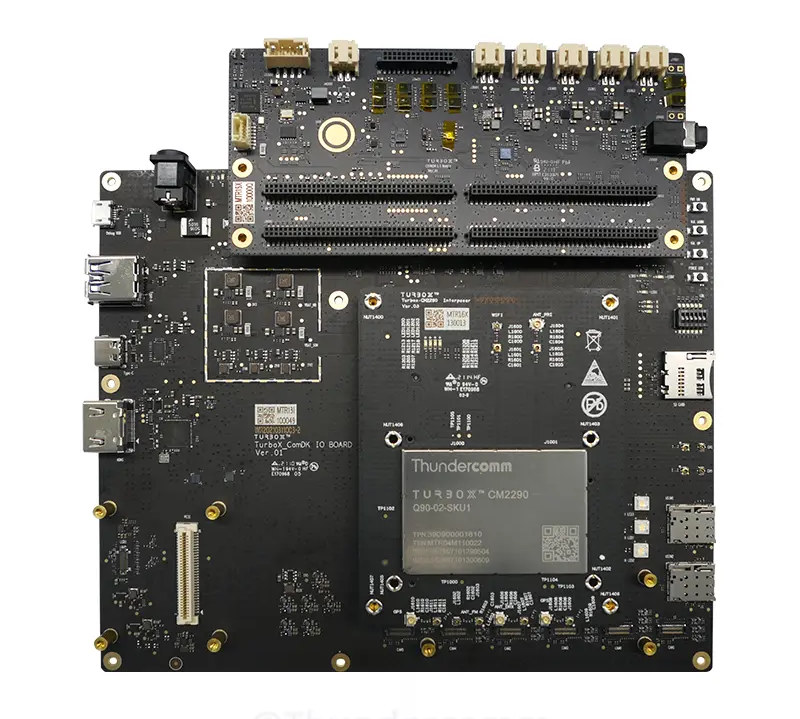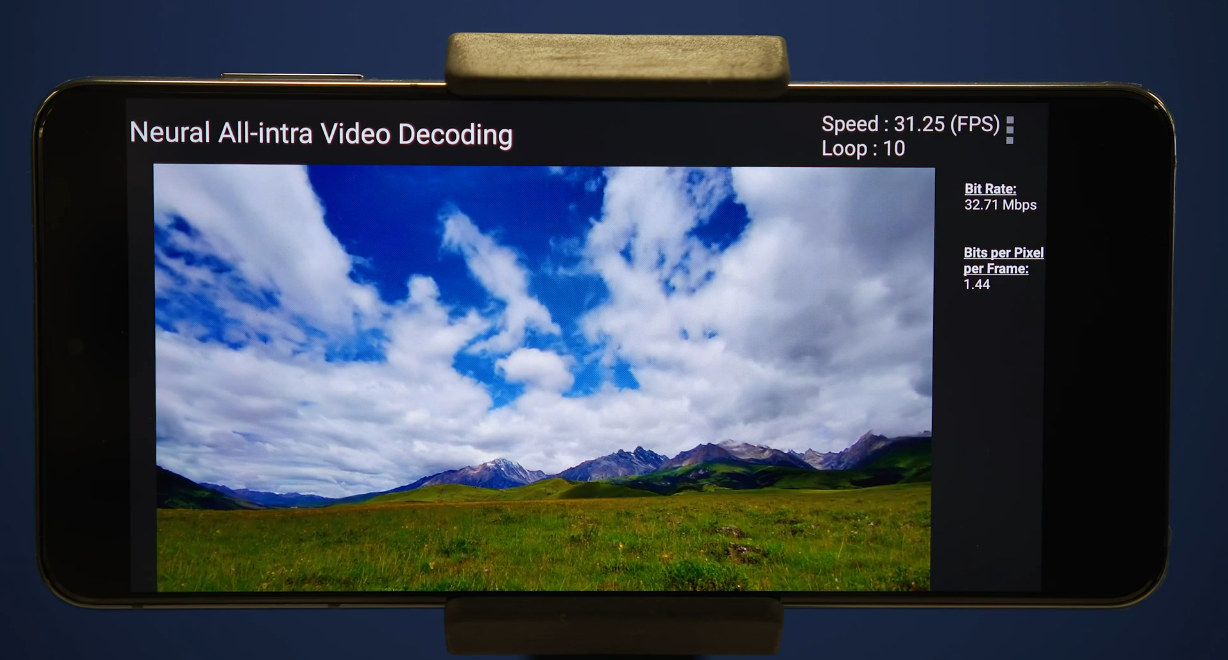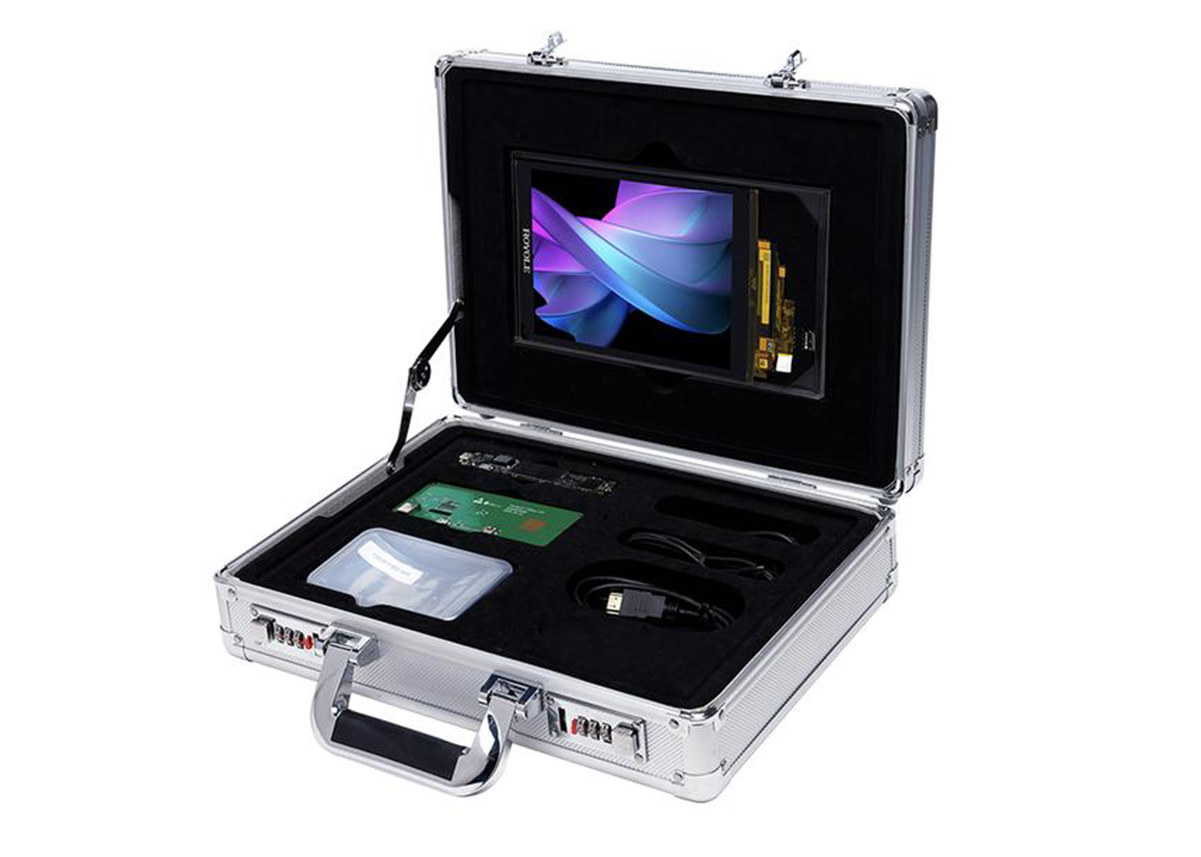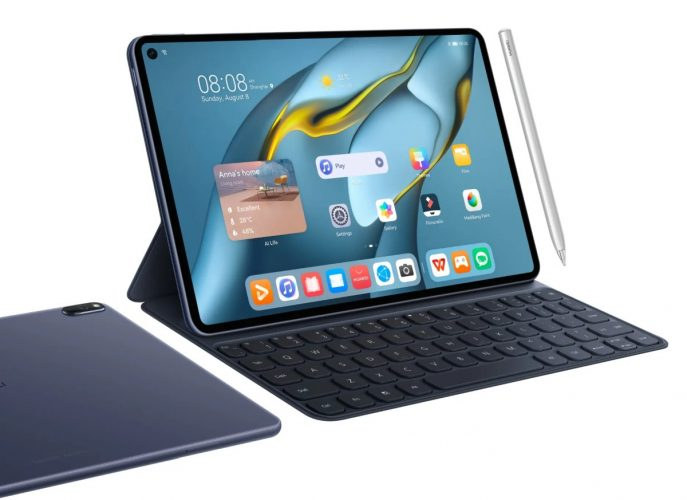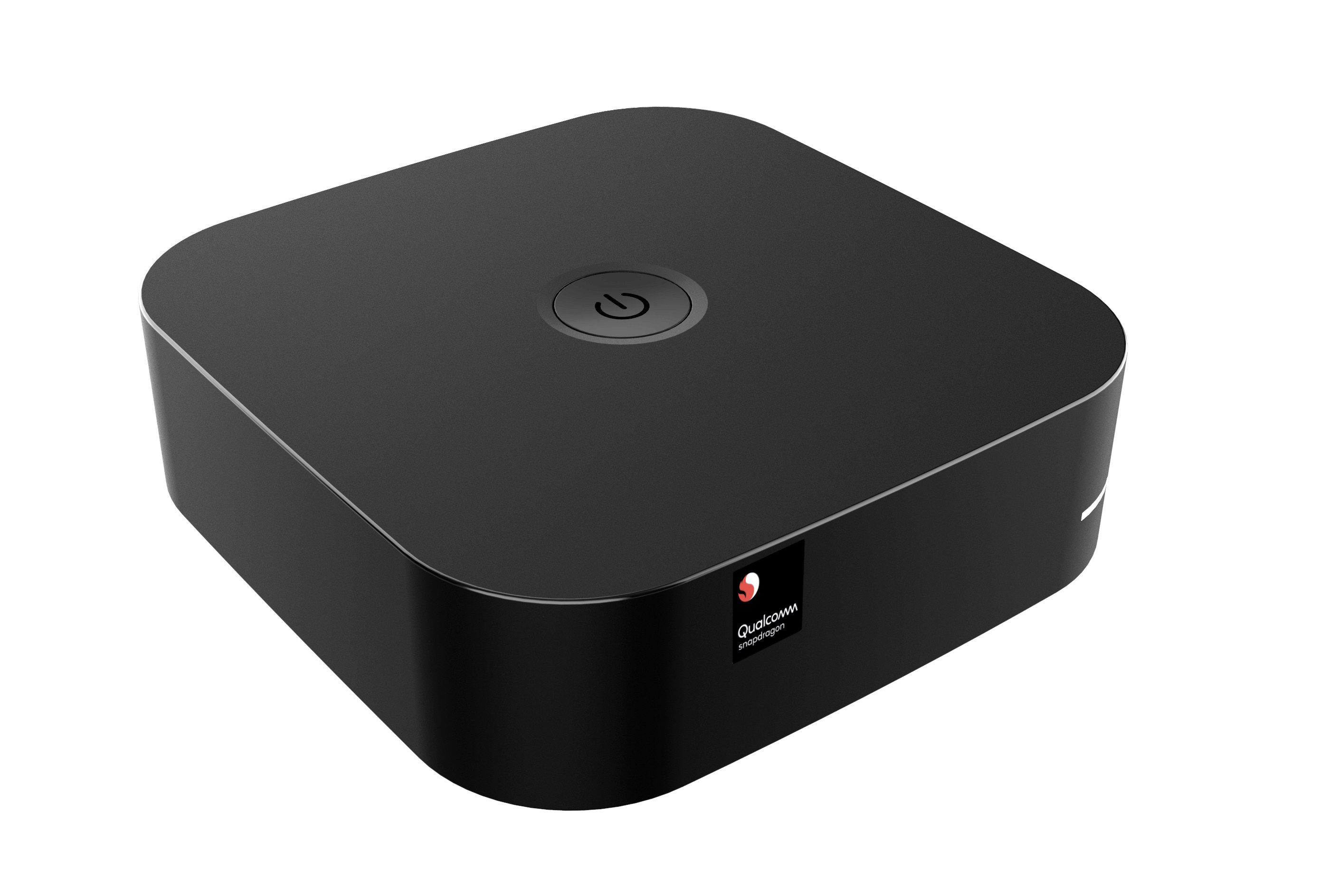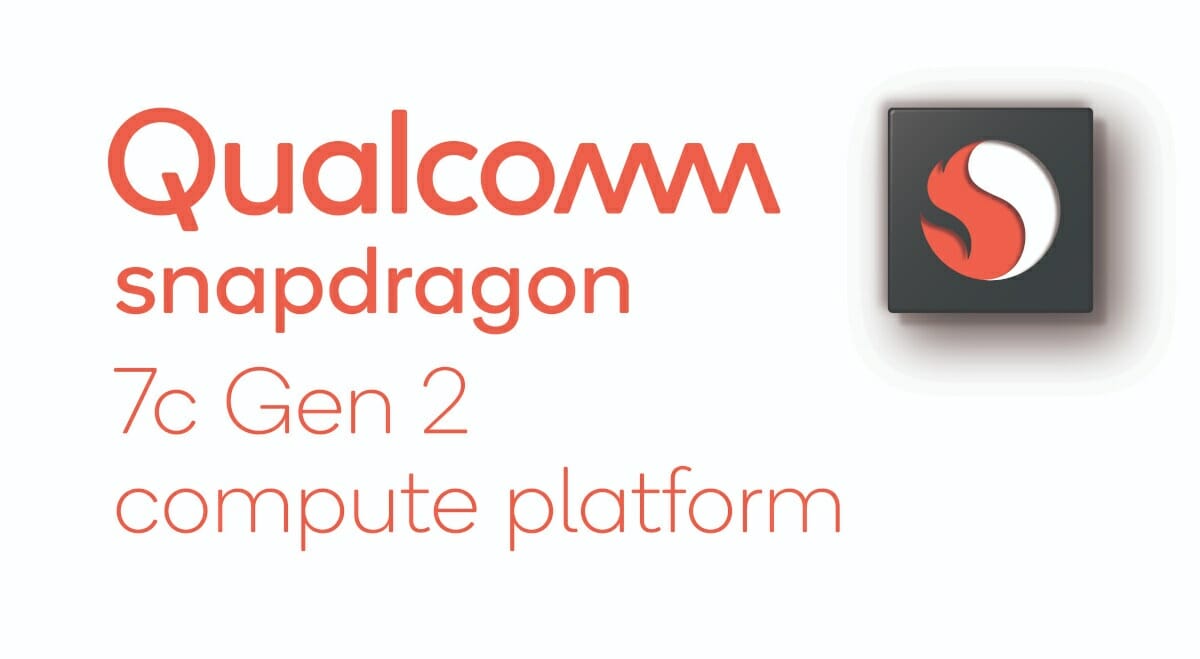Wallys Communication has been offering Qualcomm-based embedded router boards for several years, including the higher-end DR8072A with dual 2.5GbE and WiFi 6 connectivity, followed by a lower-cost WiFi 6 SBC based on IPQ6010 with Gigabit Ethernet ports. But if you’d like to benefit from the lower cost while keeping WiFi 6 and 2.5GbE, the company has now introduced a new model based on Qualcomm IPQ5018 dual-core Cortex-A53 SoC, also found in Xiaomi Mi AX6000 router, with DR5018 embedded router board. The blurry photo above reveals the board is also called AP.MP03, a name that looks like the typical name for Qualcomm reference designs. DR5018 specifications: SoC – Qualcomm Atheros IPQ5018 dual-core Arm Cortex-A53 processor @ 1.0 GHz System Memory – 512MB DDR3L Storage – 4GB or 8GB eMMC flash, 4MB Nor Flash, 128MB NAND flash Networking 4x Gigabit Ethernet Ports or 1x 2.5Gbps Ethernet port 1x Gigabit Ethernet Port On-board […]
Qualcomm QCM2290/QCS2290 SoM and Devkit target Industrial IoT applications
Last June, Qualcomm introduced several industrial IoT solutions that we did not cover at the time with Qualcomm QCM2290/QCS2290 IoT chip for camera applications, industrial handhelds, retail and tracking, Qualcomm QCS8250 WiFI 6 & 5G SoC for connected healthcare, digital signage, retail, and video collaboration, Qualcomm QCS6490/QCM6490 WiFI 6E & 5G SoC for connected healthcare, logistics management, retail, transportation, and warehousing, and Qualcomm QCS4290/ QCM4290 designed for cameras, industrial handhelds, and security panels with 4G LTE and WiFi 6 connectivity. Shortly after Qualcomm’s announcement, Thundercomm introduced the TurboX C2290/CM2290 system-on-module respectively based on Qualcomm’s quad-core Cortex-A53 QCS2290 SoC and QCM2290 SoC adding 4G connectivity. The module also offers WiF & Bluetooth, as well as MIPI display & camera interfaces, and the TurboX CM2290/C2290 development kit is also available to get started. TurboX CM2290 and C2290 SoM Specifications: SoC – Qualcomm Snapdragon QCM2290 or QCS2290 quad-core Cortex-A53 processor at up to […]
Linux 5.13 Release – Notable changes, Arm, MIPS and RISC-V architectures
Linus Torvalds has just announced the release of Linux 5.13: So we had quite the calm week since rc7, and I see no reason to delay 5.13. The shortlog for the week is tiny, with just 88 non-merge commits (and a few of those are just reverts). It’s a fairly random mix of fixes, and being so small I’d just suggest people scan the appended shortlog for what happened. Of course, if the last week was small and calm, 5.13 overall is actually fairly large. In fact, it’s one of the bigger 5.x releases, with over 16k commits (over 17k if you count merges), from over 2k developers. But it’s a “big all over” kind of thing, not something particular that stands out as particularly unusual. Some of the extra size might just be because 5.12 had that extra rc week. And with 5.13 out the door, that obviously means […]
Software-based neural video decoder leverages AI accelerator on Snapdragon 888
Sometimes hardware blocks got to work on tasks they were not initially designed to handle. For example, AI inference used to be mostly offloaded to the GPU before neural network accelerators became more common in SoC’s. Qualcomm AI Research has now showcased a software-based neural video decoder that leverages both the CPU and AI engine in Snapdragon 888 processor to decode a 1280×704 HD video at over 30 fps without any help from the video decoding unit. The neural video decoder is still a work in progress as it only supports intra frame decoding, and inter frame decoding is being worked on. That means each frame is currently decoded independently without taking into account small changes between frames as all other video codecs do. The CPU handles parallel entropy decoding while the decoder network is accelerated on the 6th generation Qualcomm AI Engine found in Snapdragon 888 mobile platform. This […]
Royole RoKit – A flexible display development kit with a Snapdragon 660 board
The Royole RoKit is a flexible display development kit with a Qualcomm Snapdragon 660 board running Android 10 operating system. The kit includes a 7.8-inch “fully flexible” display and corresponding touchscreen module. The mainboard is also equipped with on-board wireless connectivity, a gyroscope, a speaker, and more, and the kit ships with modular extension boards, data and power cables all packed into a suitcase. Royole RoKit content and main specifications: 7.8-inch fully flexible AMOLED display module (FFD); 1440 x 1920 @ 60Hz; 16.7M colors, 300 nits, connected via MIPI DSI connector 7.8-inch fully flexible touch-capacitive sensor module (FFS) connected via I2C. Android 10 development mainboard with SoC – Qualcomm Snapdragon 660 octa-core processor at 2.2GHz System Memory – 3GB RAM Storage – 32GB flash Audio – 0.7W speaker Connectivity – On-board 802.11b/g/n/ac WiFi 5 + Bluetooth 5.0 USB – USB Type-C for System Data Sensor – Gyroscope HDMI transfer board […]
HarmonyOS launched on Huawei MatePad tablets, Watch 3 smartwatches
Huawei plans for an Android alternative called HongMeng (鸿蒙) OS were leaked in 2019 following tensions with the US government that prevented them from working with American and other companies around the world. The operating system was later called HarmonyOS for the overseas markets, and Huawei released HarmonyOS 2.0 beta in September of last year, where we learned it was heavily inspired by Android, replacing Google GMS with Huawei’s own HMS, but using the same development tools. We also got a roadmap at the time with the company planning to launch HarmonyOS devices in 2021. Developers first got the HiSpark WiFi IoT RISC-V development board to play with the new OS in October 2020, but now the company has finally announced HarmonyOS consumer devices with three Huawei MatePad tablets, and two Huawei 3 watches. Huawei MatePad HamornyOS tablets Three models have been introduced with a mix of Kirin and Snapdragon […]
Snapdragon QC710 Developer Kit targets Windows 10 on Arm app development
In order to encourage developers to port their apps to Windows 10 on Arm, Qualcomm and Microsoft have announced the Snapdragon Developer Kit based on a Snapdragon Compute platform and aiming to provide a cost-efficient platform that will be less costly than a laptop. The development kit looks like a mini PC, and while the full specs have not been announced, it could well be powered by the just-announced Snapdragon 7c Gen 2 processor, itself a cheaper version of Snapdragon 7c. Qualcomm did not share photos of all the ports from the developer kit, but the photos we’ve got come with “QC710” file name, and reveal a power button on the top, an LED on one corner, two USB ports, a MicroSD card slot, and a SIM card socket. I’d assume at least one HDMI or DisplayPort at the back, and possibly an Ethernet port, but we just don’t know […]
Qualcomm unveils Snapdragon 7c Gen 2 SoC for laptops and Chromebooks
Qualcomm’s Snapdragon 7c Gen 2 SoC for entry-level laptops and Chromebooks follows the steps of the Snapdragon 7c processor with a slightly higher frequency for the Kryo 468 cores, leading to a 6% performance improvements. As we’ll see below, most of the specifications are exactly the same, except the built-in Snapdragon X15 LTE modem is now listed as supporting LTE Cat 14 up to 600 Mbps, instead of LTE Cat 15 up to 800 Mbps, and UFS downgraded to UFS 2.1 from UFS 3.0. Snapdragon 7c Gen 2 specifications: CPU – Octa-core Kryo 468 (Cortex-A76) processor up to 2.55 GHz GPU – Unnamed Qualcomm Adreno GPU (Note: Snapdragon 7c had Qualcomm Adreno 618 GPU) DSP – Qualcomm Hexagon 692 DSP Memory – 2x 16-bit LPDDR4x-4266 Storage – eMMC 5.1, UFS 2.1 Display On-device display up to QXGA (2048 x 1536) @ 60 Hz External display up to QHD (2560×1440) @ […]


